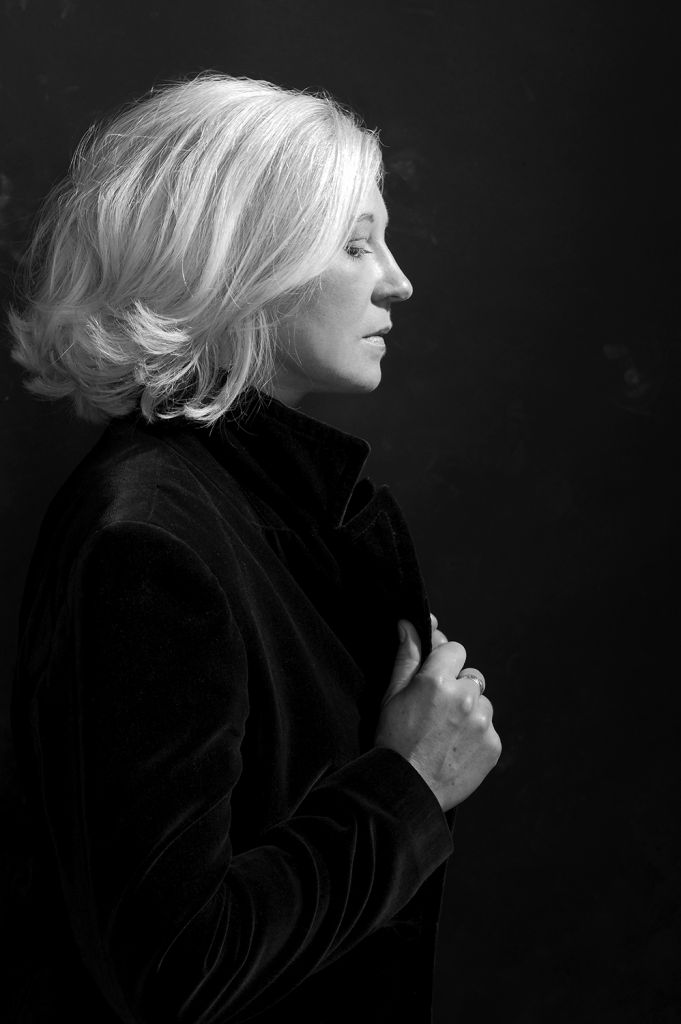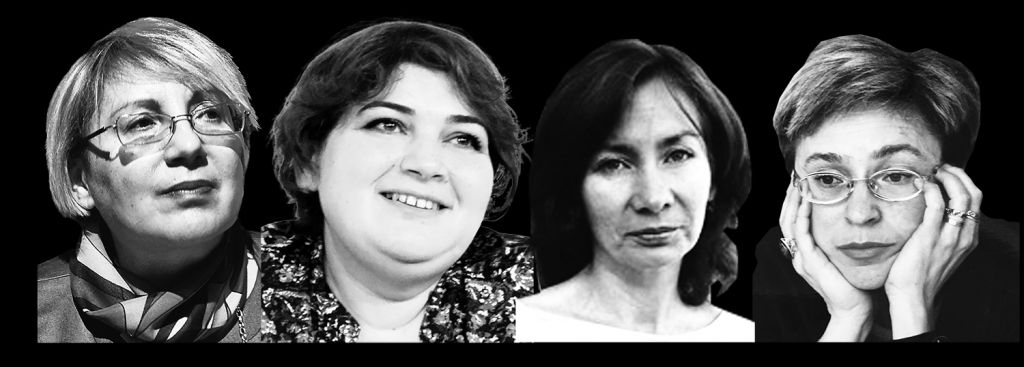“The space for civil society is shrinking in many countries, but for many women human rights defenders the space has never truly been open. Women human rights defenders often challenge religious and cultural norms and patriarchal attitudes, which subordinate, stigmatise, or restrict women. Because of this, women defenders often face threats and abuse that male defenders may not – from smear campaigns to sexual and gender-based violence,” commented Maria Dahle, Executive Director of the Human Rights House Network.
“Women human rights defenders within the Human Rights House Network have made space for themselves to be heard, bravely projecting their voices in spite of opposition from the authorities and certain sections of society. These women human rights defenders have – sometimes at great personal risk – improved the rights of all through their strength and commitment. On International Women’s Day we celebrate their achievements, and call on everyone to work to open the space for women human rights defenders.”
HRHN exhibition: Women Human Rights Defenders
HRHN’s photography exhibition featured the portraits of 18 women human rights defenders in the Human Rights House Network, acknowledging the vital role that women play locally, nationally, and internationally in protecting and promoting human rights.
“I was looking for a tool to help fight injustice and pain in this world and found it in human rights.” Tatsiana Reviaka, President of the Belarusian Human Rights House

Tatsiana Reviaka, June 2014 in Minsk, Belarus. Photographer: Alena Adamchyk.
“I refuse to surrender despite all the wrongs I have encountered, because I know so many comrades share my vision of a more just world.” Sanja Sarnavka, Director of B.A.B.E., Human Rights House Zagreb

Sanja Sarnavka in June 2014 in Zagreb, Croatia. Photographer: Barbara Blasin
The photographers used their portraits to convey the wisdom, courage, and defiance of prominent women defenders. It is a visual journey through the challenging work they do, often unprotected and frequently unvalued by the authorities or society. The portraits were first displayed on 19 June 2014 in London.
Women HRDs at risk
In September 2015, HRHN marched in solidarity with human rights defenders who have been imprisoned or killed for their work.
We demanded freedom for Khadija Ismayil and Leyla Yunus, and justice for the killings of Natalia Estemirova and Anna Politkovskaya. While Leyla Yunus has been released on probation, no real justice has been found for Natalia Estemirova and Anna Politkovskaya, and Khadija Ismayil remains in prison – her appeal was rejected by the Court of Appeal in Baku in November 2015.

From left: Leyla Yunus, Khadija Ismayil, Natalia Estemirova, Anna Politkovskaya
Women human rights defenders suffer reprisals for their work, and they experience heightened threats and harassment, especially when defending women’s rights.
UN Resolution on women human rights defenders
The UN General Assembly adopted a resolution on women human rights defenders on 4 November 2013. This resolution expresses concern over the systemic and structural discrimination and violence faced by women human rights defenders, and urges States to adopt gender-specific laws and policies to protect women human rights defenders. It calls on states to tackle impunity for violations against women human rights defenders, and for States to ensure the participation of women human rights defenders in the development of effective policies and programmes related to their protection.
In 2011, Margaret Sekaggya, at the time United Nations Special Rapporteur on the situation of human rights defenders, dedicated her report to women human rights defenders, acknowledging that women “are more at risk of suffering certain forms of violence and other violations, prejudice, exclusion, and repudiation than their male counterparts.”
Further, Margaret Sekaggya addressed the issue of opposition to women HRDs from the general population, as well as the authorities: “Their [Women human rights defenders’] work is often seen as challenging ‘traditional’ notions of the family which can serve to normalize and perpetuate forms of violence and oppression of women. This can, in certain contexts, lead to hostility or lack of support from the general population, as well as the authorities.”





